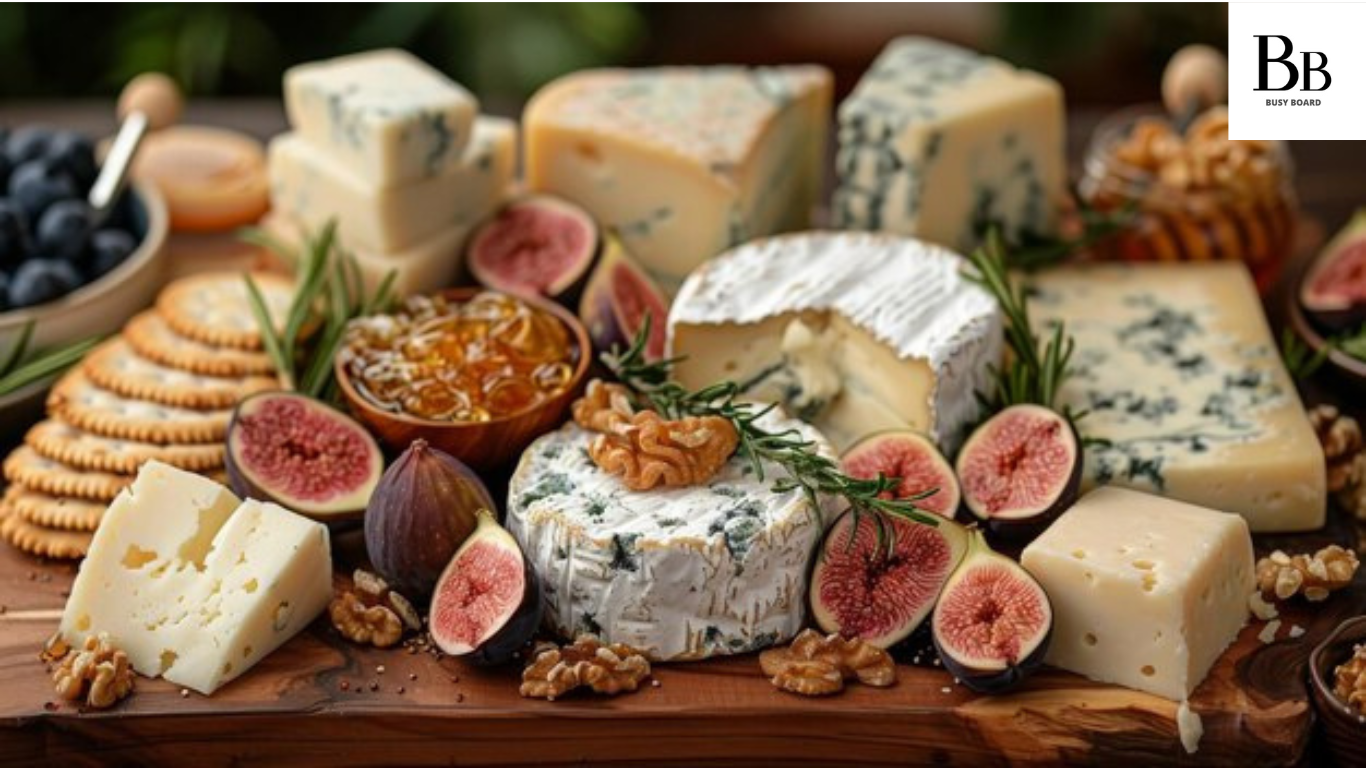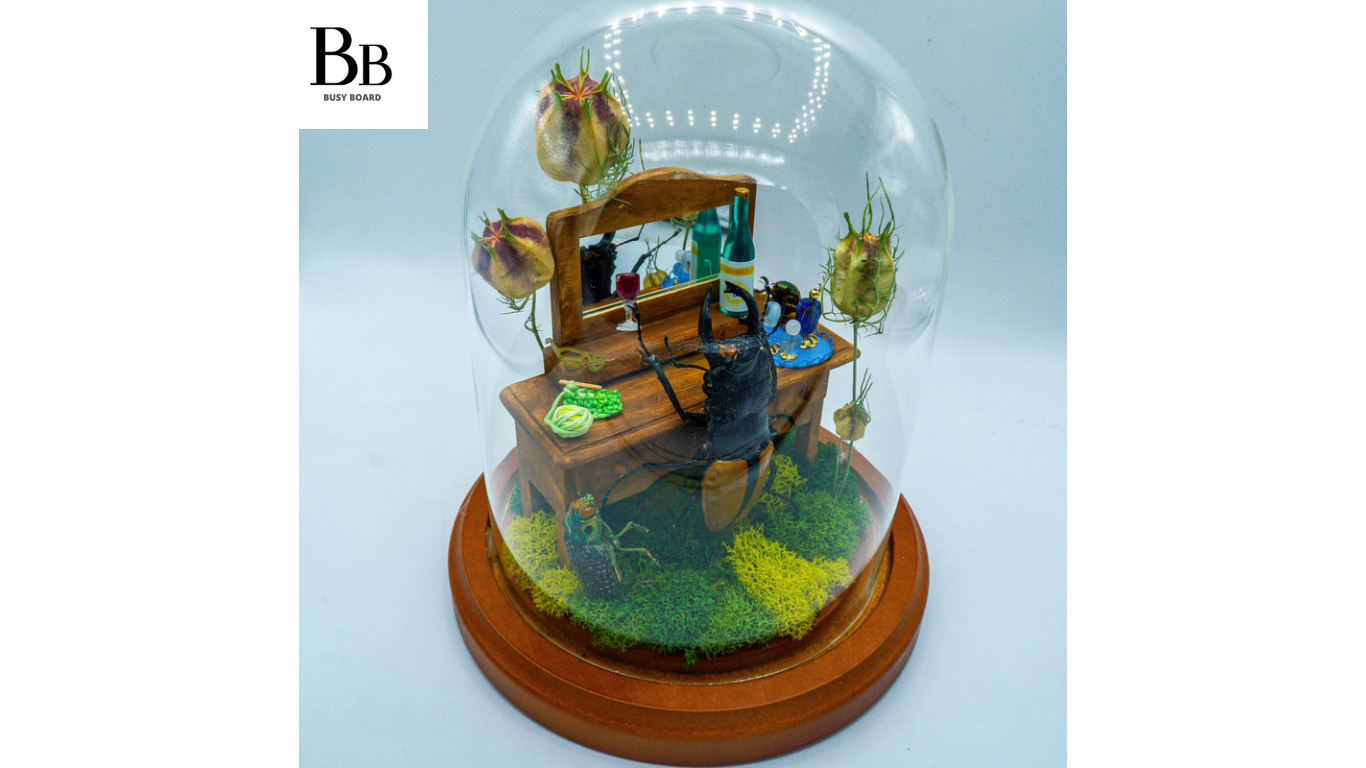Cheese has been a fundamental part of human diets for lots of years, supplying critical vitamins and together with pleasant taste to various dishes. Among the numerous kinds of cheeses worldwide, Pecorino stands out as one in each of Italy’s most loved. Known for its sharp, tangy taste and corporate texture, Pecorino is a versatile cheese that has completed a huge feature in Italian delicacies and manner of lifestyles for centuries. This article delves into the facts, manufacturing, sorts, and makes use of Pecorino cheese, exploring why it’s miles however loved with the aid of way of cheese aficionados across the arena.
The Rich History of Pecorino
The name Pecorino is derived from the Italian phrase “pecora,” because of this sheep, which shows the cheese’s beginning as a sheep’s milk product. Pecorino dates over again to ancient Roman instances, even because it became a staple in the weight loss program of Roman soldiers and travelers. Its potential to be preserved for extended durations without refrigeration made it an absolutely ideal preference for those on the go along with the glide.
Roman creator Pliny the Elder stated Pecorino in his writings, and archaeological proof suggests that sheep herding and cheese-making were critical additives of rural existence in Italy even before the Roman Empire. Today, this cheese stays deeply intertwined with the pastoral traditions of the Italian geographical vicinity, specifically in regions like Sardinia, Lazio, and Tuscany, wherein the climate and terrain are best for raising sheep.
Production Process: A Balance of Tradition and Craftsmanship
The approach of creating Pecorino cheese stays in large detail unchanged over the centuries, even though contemporary techniques have streamlined production. Cheesemakers usually produce romano by heating raw or pasteurized sheep’s milk to about 37°C (99°F) and adding rennet to curdle the milk. Once the curds form, they cut them into small pieces and gently heat them again to release extra whey.
After draining the whey, they press the curds into molds and leave them to dry. The cheese is then salted, an essential step that preserves it and enhances its flavor. Depending on the famous developing old way, Pecorino can be elderly everywhere from a few months to over 365 days. During this time, they frequently brush and occasionally oil the cheese to protect the rind and allow it to develop its distinct texture and flavor.
The Many Varieties of Pecorino
One of the most captivating factors of romano is its range. Though cheesemakers use sheep’s milk for all Pecorino varieties, the cheeses vary significantly based on their region of origin and aging process. Here are a number of the maximum well-known sorts:
Pecorino Romano
Perhaps the most well-known variety, Pecorino Romano is a hard, salty cheese that people commonly grate over pasta dishes like Cacio e Pepe and Carbonara. Originating from the Lazio region, it has a strong, tangy flavor and is typically elderly for at the least 8 months. Its sharpness makes it a well-known possibility for Parmesan in effective dishes.
Pecorino Sardo
Produced on the island of Sardinia, Pecorino Sardo is barely milder than Pecorino Romano however notwithstanding the truth, it has a rich, complete-bodied taste. There are the most essential kinds: Dolce (sweet) and Maturo (mature). Dolce Pecorino Sardo is extra youthful and has a softer texture, at the same time as Maturo is elderly longer, resulting in a more tough, more intense cheese.
Pecorino Toscano
As the selection indicates, Pecorino Toscano hails from Tuscany. This cheese is normally less salty than Pecorino Romano and has a buttery, nutty taste. People regularly eat it on its own as a table cheese or pair it with fresh fruits, honey, or jams.
Pecorino Siciliano
Sicily produces Pecorino Siciliano, one of the oldest types of romano. It boasts a rich, pungent flavor and is often studded with black peppercorns for an extra spicy kick. Aged for at least four months, this variety develops a semi-hard texture.
Nutritional Benefits of Pecorino Cheese
Pecorino cheese isn’t a culinary pride but furthermore a nutritious meal. Sheep’s milk crafts this cheese, which includes higher levels of fats and protein compared to cow’s milk cheeses. Sheep’s milk is also richer in crucial vitamins like calcium, phosphorus, and zinc, which contribute to bone fitness and metabolic skills.
Additionally, Romano cheese contains conjugated linoleic acid (CLA), a type of healthy fat linked to several health benefits, including reduced inflammation and improved heart health. You should enjoy it in moderation due to its high sodium and fat content, but its nutrient density makes it a valuable addition to a balanced diet.
Pecorino in Italian Cuisine
Pecorino cheese is a cornerstone of Italian delicacies, and it makes use of as numerous as its sorts. One of the maximum not unusual tactics to revel in cheese is via grating it over pasta dishes. The sharp, salty flavor of Pecorino Romano is the proper complement to the creamy, peppery sauce in Cacio e Pepe, a traditional Roman dish. It moreover works superbly in Pasta alla Gricia and Spaghetti alla Carbonara, extraordinary iconic Roman pasta recipes.
Beyond pasta, people often enjoy cheese on a board, paired with crusty bread, olives, and cured meats. In Tuscany, they frequently serve it with a drizzle of honey or a dollop of fig jam, highlighting the cheese’s savory notes and the beauty of the accompaniments.
Romano moreover unearths its manner into salads, wherein its ambitious taste pairs well with bitter veggies like arugula or radicchio. In Sardinia, people often melt cheese Sardo into a traditional dish called Pani Frattau, a type of lasagna made with thin sheets of Sardinian flatbread.
Conclusion: The Timeless Appeal of Pecorino
Pecorino cheese has stood the test of time, evolving from a staple in the Roman food regimen to a loved element in contemporary-day kitchens globally. Its versatility, wealthy statistics, and precise taste profile make it a loved thing of Italian delicacies and a face among cheese fans everywhere. Whether loved on its very non-public, grated over pasta, or paired with a glass of wine, cheese stays a timeless image of Italy’s rich culinary ancient beyond.












